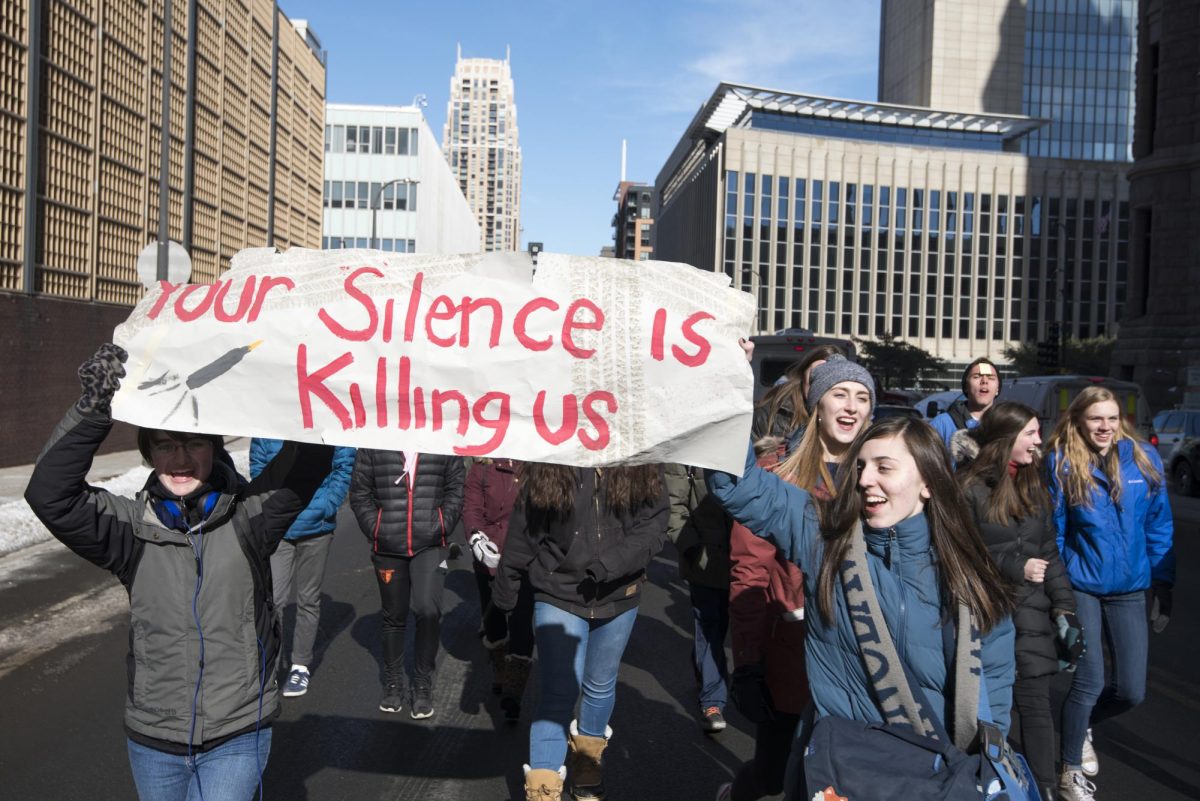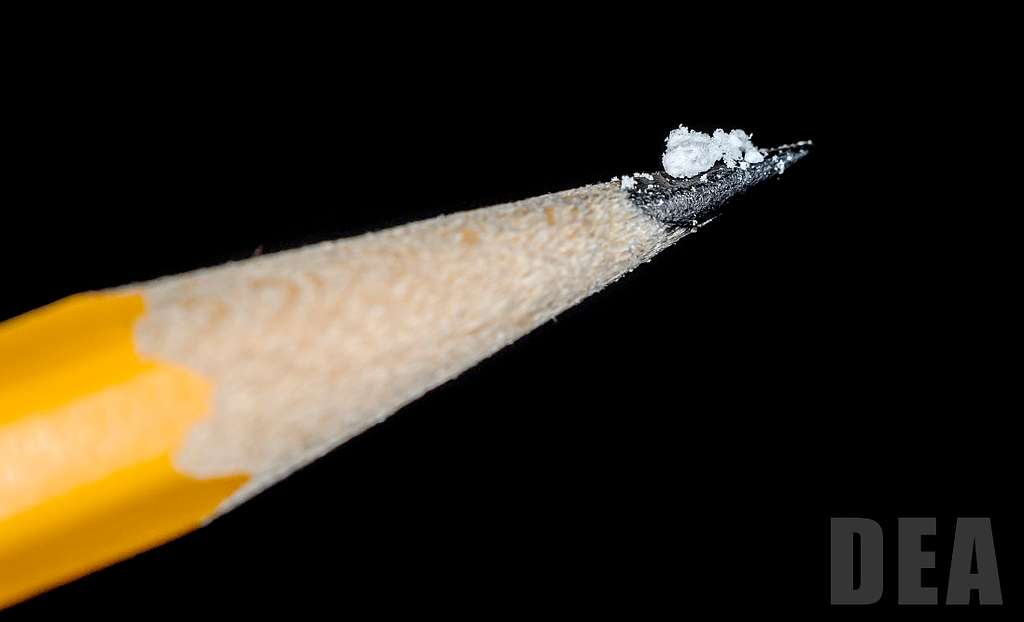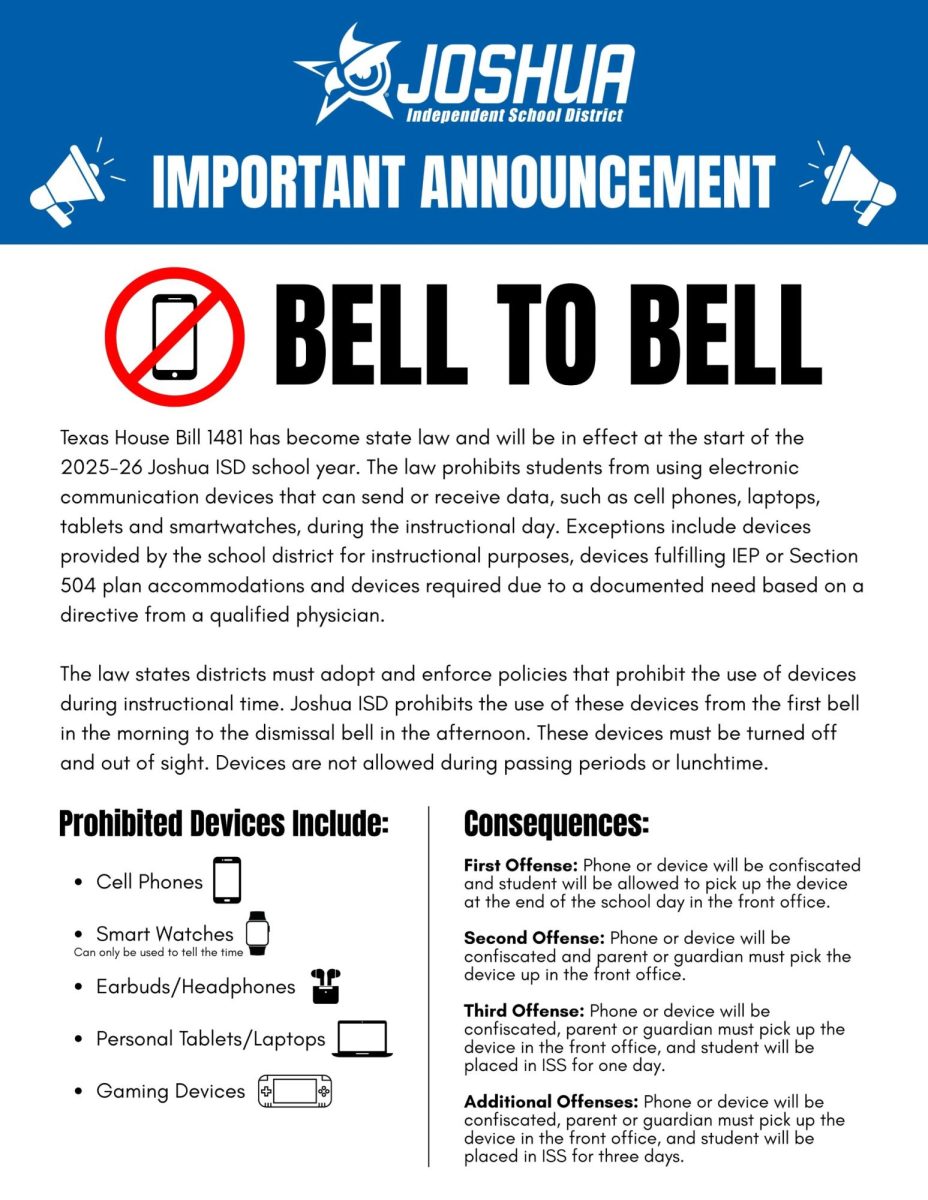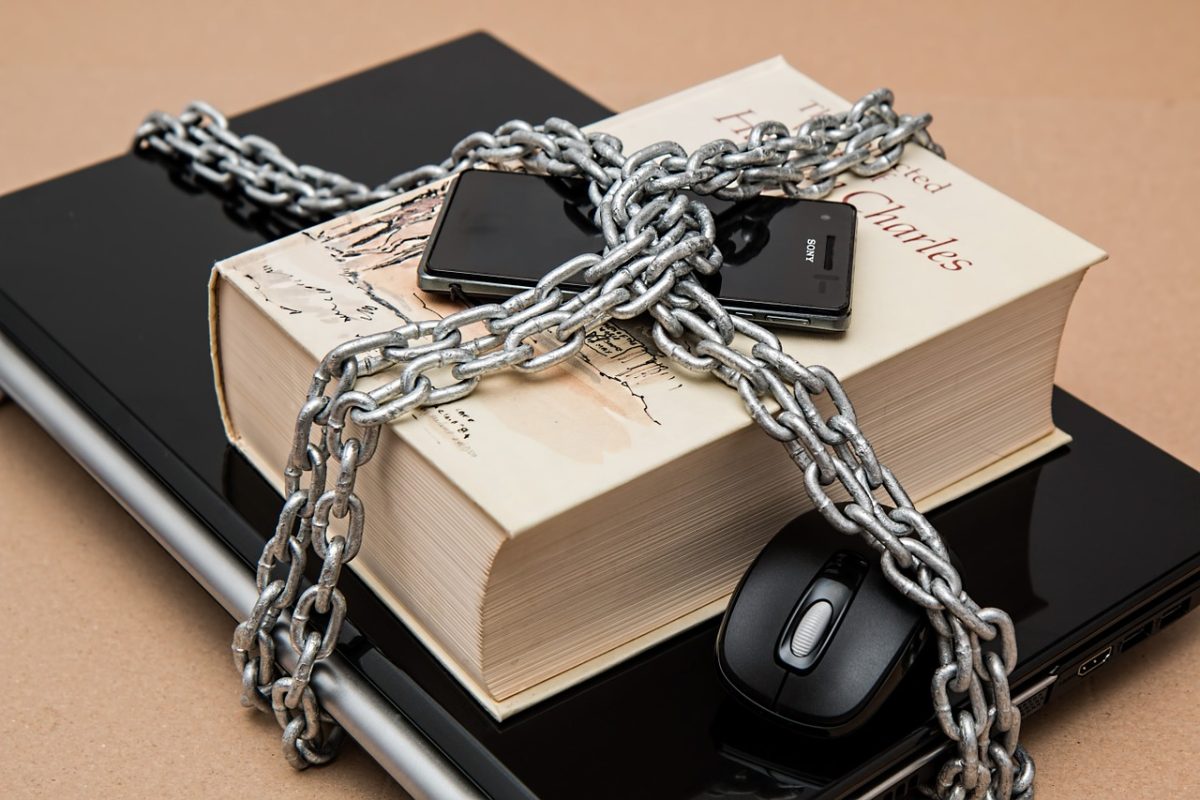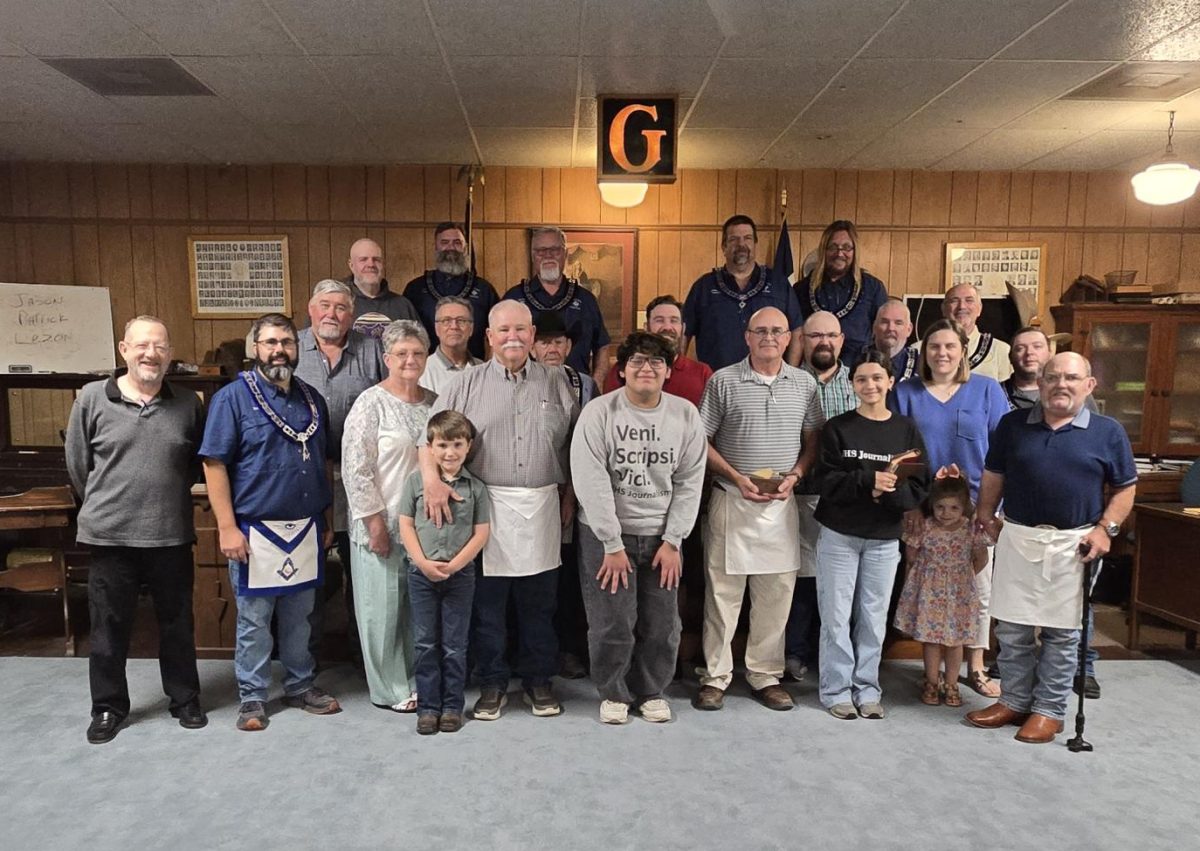One Hour Too Late
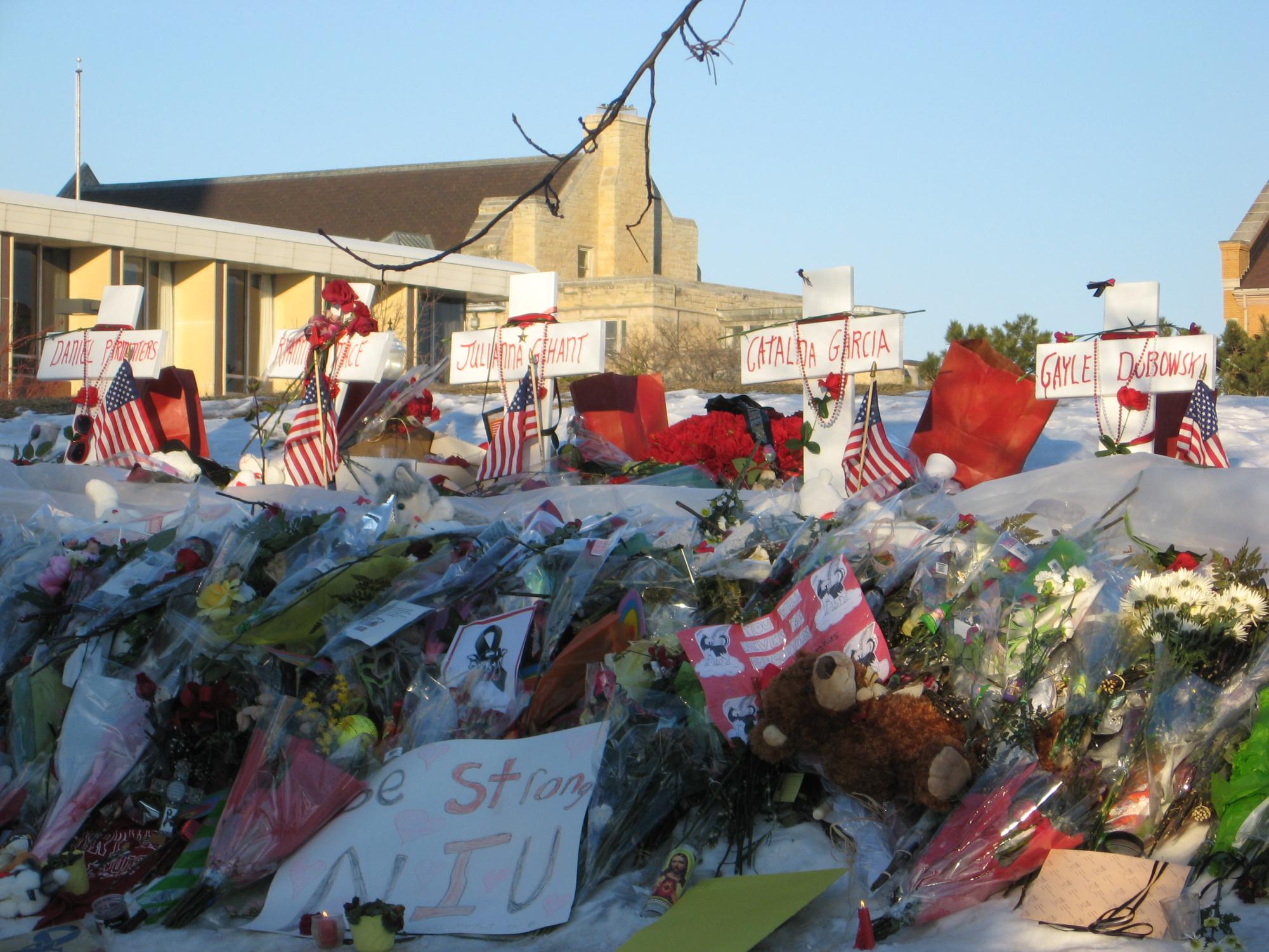
School shootings are one of the most tragic and terrifying realities facing American students today. While many schools have implemented safety protocols designed to prevent violence, past shootings have shown that these systems sometimes fail, often with devastating consequences. By looking closely at some of the most well-known school shootings in recent history, we can see how important it is not only to have procedures in place but to follow them effectively and consistently.
Most schools today have a detailed emergency response plan. These include lockdown drills, secure entry systems, communication alerts, and regular threat assessments. Schools also aim to identify students at risk of causing harm by offering counseling services and training teachers to recognize warning signs. Unfortunately, these measures don’t always work as planned, and sometimes they’re not used properly.
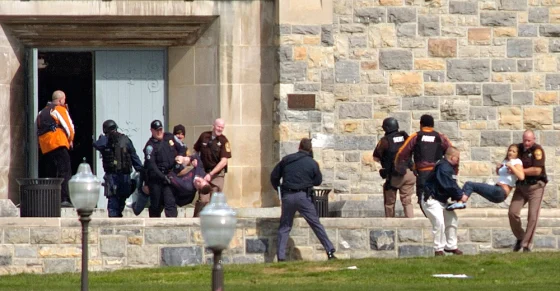
When Procedures Break Down: Real-Life Examples
Uvalde, Texas (2022)
One of the most tragic examples of failed procedures happened at Robb Elementary School in Uvalde. After a gunman entered the school, hundreds of police officers responded. But instead of taking immediate action, officers waited for more than an hour before confronting the shooter. This delay cost the lives of 19 students and two teachers. The official protocol in active shooter situations is to stop the threat as quickly as possible, even if it means entering without full backup. In Uvalde, that protocol was ignored, and the consequences were heartbreaking.
Oxford High School, Michigan (2021)
At Oxford High School, multiple warning signs were missed before a deadly shooting took place. A student had been seen watching violent videos in class and drawing disturbing images, including pictures of guns and injured people. School staff met with the student and his parents, but instead of taking stronger action like searching his belongings or sending him home, they allowed him to return to class. Later that day, he opened fire, killing four students and injuring several others. This event showed how dangerous it can be when concerning behavior is downplayed or not taken seriously.
Antioch High School, Tennessee (2025)
In Nashville, a high school student fatally shot another student in the cafeteria before turning the gun on himself. The shooter had a documented history of violent threats, including one incident where he reportedly pulled a weapon on another student. Even though he was on probation and should not have had access to a firearm, he managed to bring a gun onto campus. This case exposed gaps in how schools track and respond to students with violent histories.
Why Safety Procedures Fail
There are several reasons why school safety systems might fail:
- Poor Communication and Delayed Action
In emergencies, every second matters. When information is delayed, either because of bad internet connections, unclear roles, or fear of making the wrong decision, lives can be lost. In Uvalde, for example, confusion about who was in charge slowed down the response dramatically.
- Underestimating Threats
In several shootings, warning signs were reported but not seen as serious enough. Staff may fear overreacting or may lack the training to evaluate threats correctly. At Oxford, this misjudgment had deadly results.
- Lack of Mental Health Support
Many schools struggle with limited funding for mental health services. Programs created after past shootings, such as increased counseling services, have been cut in recent years. Without trained staff to help students in crisis, problems may go unnoticed or unaddressed.
- Inconsistent Use of Preventive Measures
Schools may install security cameras, panic buttons, and classroom locks, but these tools are only helpful if they’re used correctly and consistently. If teachers and students aren’t trained or if the systems don’t work properly, they won’t stop a shooter.

What Has Worked to Prevent Violence
While the picture can seem bleak, there are examples of successful prevention efforts:
– Tip Lines and Anonymous Reporting
Programs like Sandy Hook Promise’s “Say Something” allow students to anonymously report concerning behavior. Thousands of tips have helped authorities intervene before violence occurred. This approach encourages students to speak up, especially when they don’t feel comfortable going to an adult directly.
– Building a Supportive School Culture
Schools that promote connection and trust among students often see fewer threats. Programs that create peer support groups, increase counselor access, and encourage students to check in on one another can make a major difference.
– Educating Families on Gun Safety
A large number of school shootings happen because a student accesses a gun at home. Campaigns like Be SMART teach parents how to safely store firearms to keep them away from children and teens.
School shootings are not just about violence. They are about the failure to act on warning signs and the breakdown of systems designed to keep students safe. Tragedies like Uvalde and Oxford show what happens when safety procedures are ignored or not taken seriously. But there are examples of how we can prevent violence through education, awareness, and responsible planning. If schools, families, and communities work together and commit to both prevention and action, more lives can be saved.
Sources:
- Washington Post: Mental health grant cuts
- Wall Street Journal: Threat assessment strategies
- AP News: Nashville school shooting
- Sandy Hook Promise: Say Something program
- Everytown for Gun Safety: School violence prevention report
Your donation will support the student journalists of Joshua High School. Your contribution will allow us to purchase equipment and cover our annual website hosting costs.

